Iron ore export tax needed to foster investment
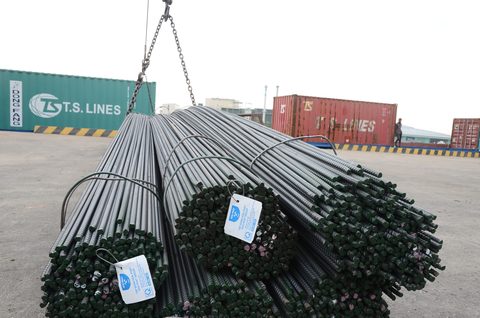 |
| Because the price of refined iron ore is 200 times more expensive than raw iron ore created for export, reducing the export tax on raw iron ore is unreasonable and will discourage investments in ore sorting technology, the Ministry of Finance (MoF) has concluded. - Photo baocongthuong.com.vn |
Due to the decreasing domestic demand for iron ore, domestic iron mines have a surplus inventory. Therefore, the Ministry of Industry and Trade (MoIT) proposed the Prime Minister to allow the export of iron ore inventory, limonite iron and magnetite iron ore to remove difficulties for enterprises.
The exports will last until the end of 2017.
The MoIT also proposed the reduction of export taxes on high quality iron ore, if this product is allowed to be exported.
MoF said that the export tax on iron ore and refined iron ore is 40 per cent – equal to the ceiling rate set by the National Assembly.
In order to encourage enterprises to invest in high-grade iron ore production, the MoF proposed a detailed plan for specific tariff for processed iron ore, with export tariffs lower than 40 per cent.
The high export tax rates on raw or simple mineral resources is to limit the export of mineral resources.
MoF will collect recommendations of MoIT to include in the draft decree amending Decree 122/2016, to submit to the Government in September, 2017.
The total capacity of licensed iron ore mines is about 13 million tonnes per year, reported by the MoIT. Domestic blast furnaces are mostly small in size and large in fuel consumption, leading to inefficient operation. Therefore, they have stopped production or produced moderately.
The efficient blast furnaces have a combined capacity of 2.6 million tonnes of steel per year, using about 4.6 million tonnes of iron ore per year.
Iron ore is mainly exploited in the Northern mountainous areas, with difficult exploitation conditions, high transport costs and low ore quality leading to high production costs.
When the global price of iron ore fell sharply last year, Hoa Phat Steel Joint Stock Company shifted to using import sources with a volume of over one million tonne instead of using domestic iron ore.
Due to decrease in domestic consumption, until the end of November 2016, the amount of iron ore inventory in Viet Nam was about 1.9 million tonnes.
What the stars mean:
★ Poor ★ ★ Promising ★★★ Good ★★★★ Very good ★★★★★ Exceptional
Latest News
More News
- Cambodian King to pay state visit to Vietnam (November 26, 2024 | 09:13)
- Green policies and practices: catalyst or challenge (November 25, 2024 | 09:00)
- Vietnam National Assembly adopts amended Law on Pharmacy (November 22, 2024 | 19:09)
- Rice exports set to break records (November 21, 2024 | 17:53)
- German Quickpack to invest $31.7 million in Long An province (November 20, 2024 | 09:31)
- Reporting still to fully reach global norms (November 18, 2024 | 17:06)
- Trump’s second term impacts sci-tech activities and industry 4.0 technologies (November 18, 2024 | 10:00)
- VLCA 2024 honours corporate governance excellence as listed companies raise the bar (November 18, 2024 | 09:00)
- Trump's trade policies could shape Vietnam's economic outlook: Dragon Capital (November 15, 2024 | 16:56)
- Prioritising corporate governance for Vietnam’s sustainable growth (November 14, 2024 | 16:50)




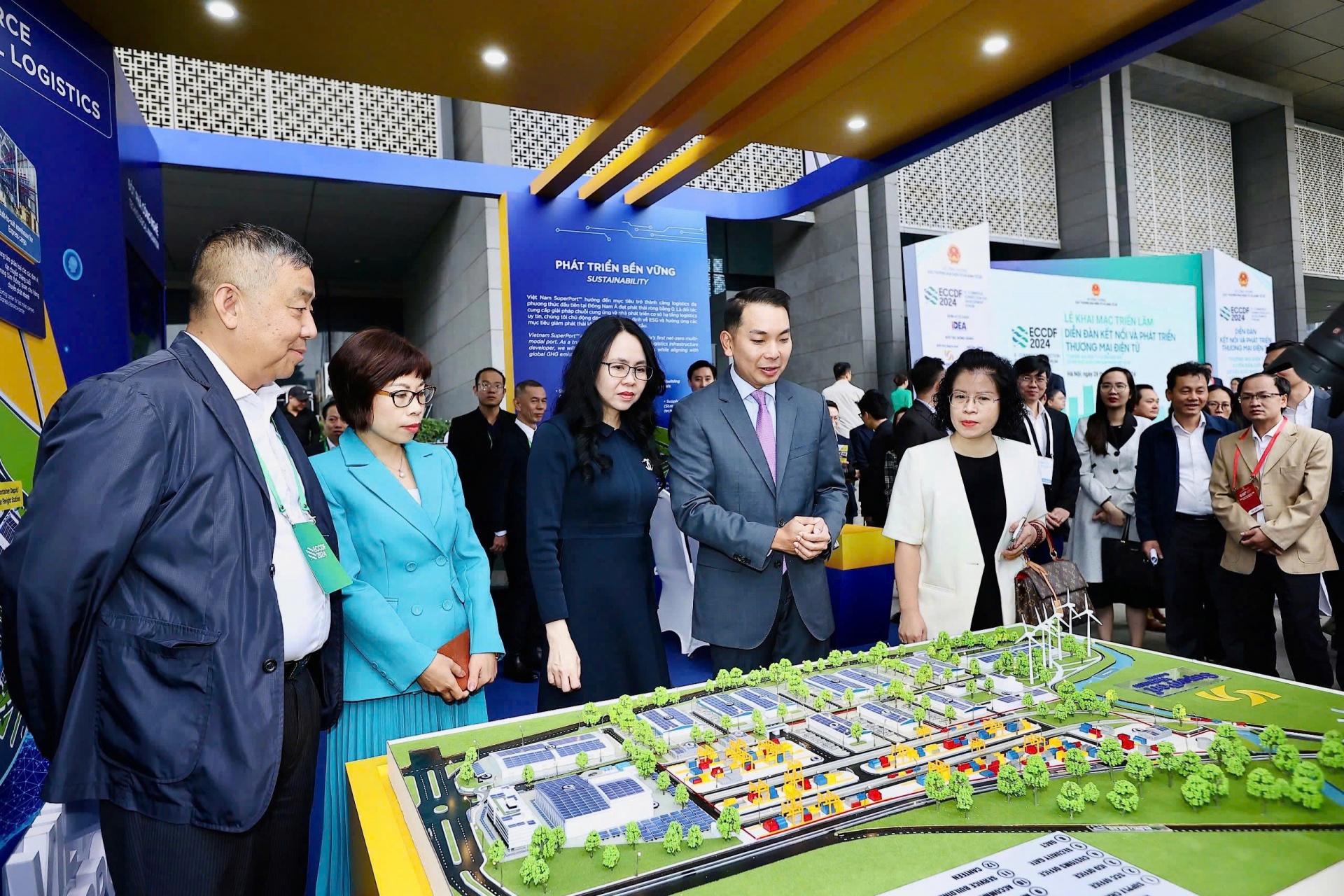
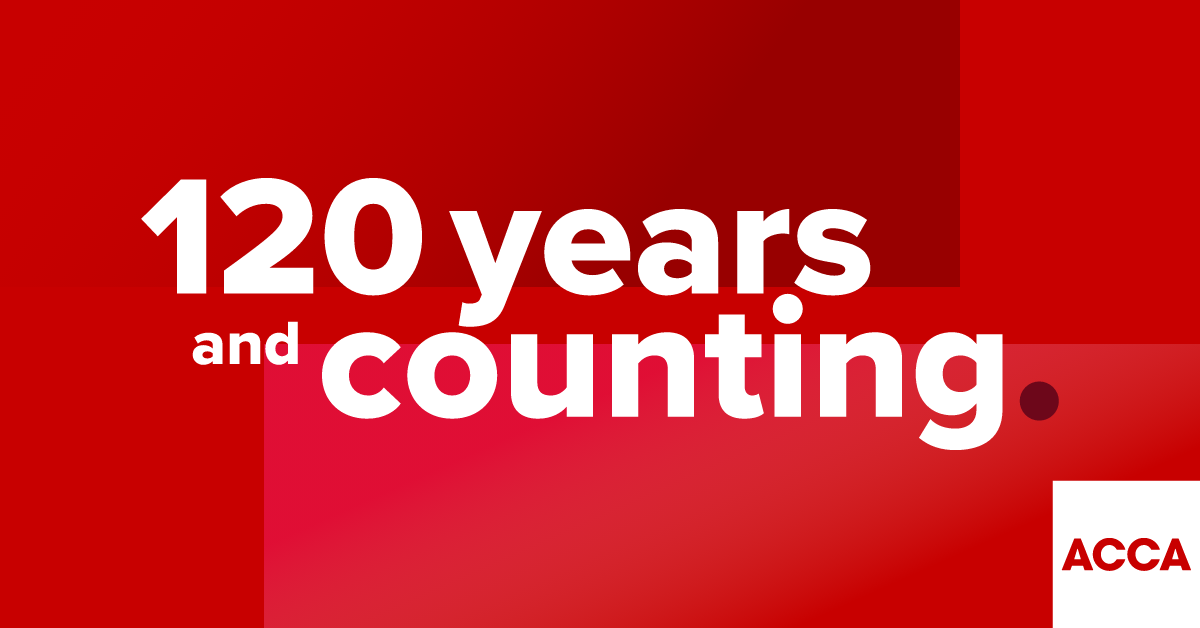

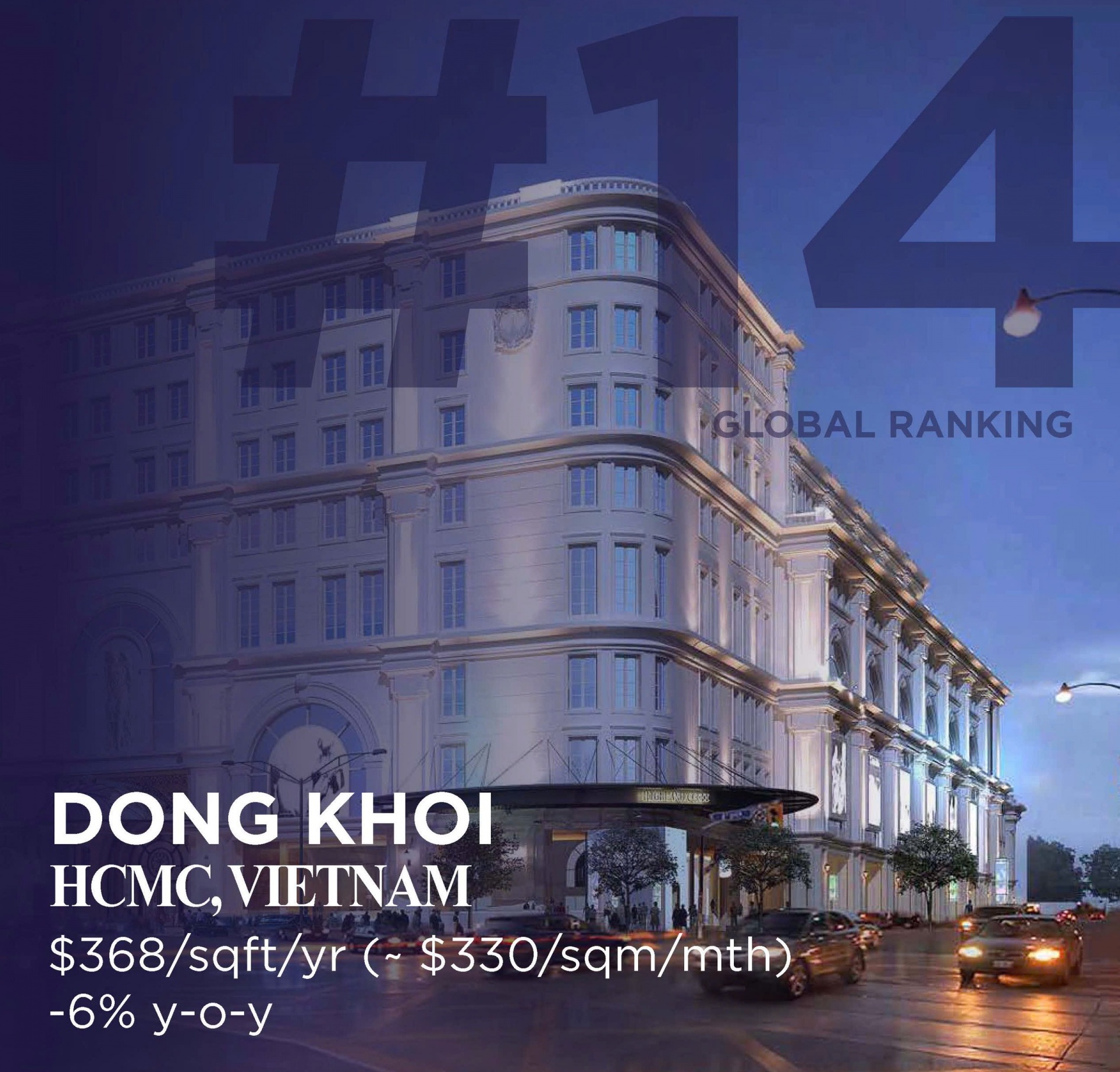
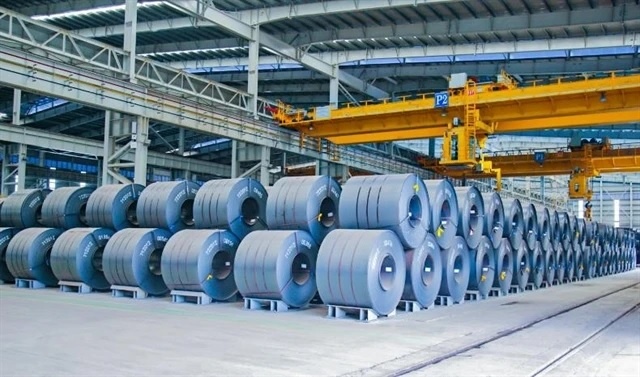



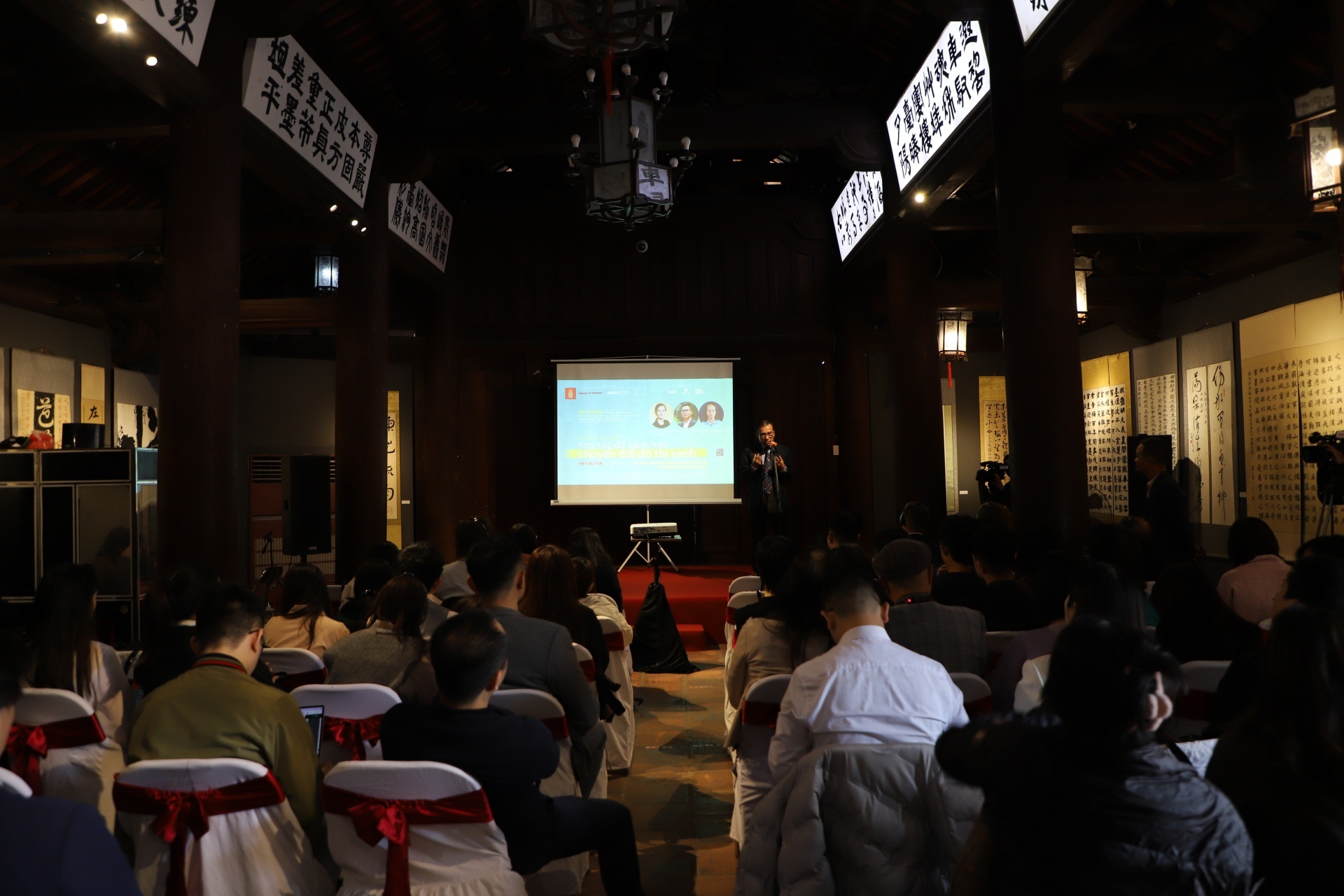
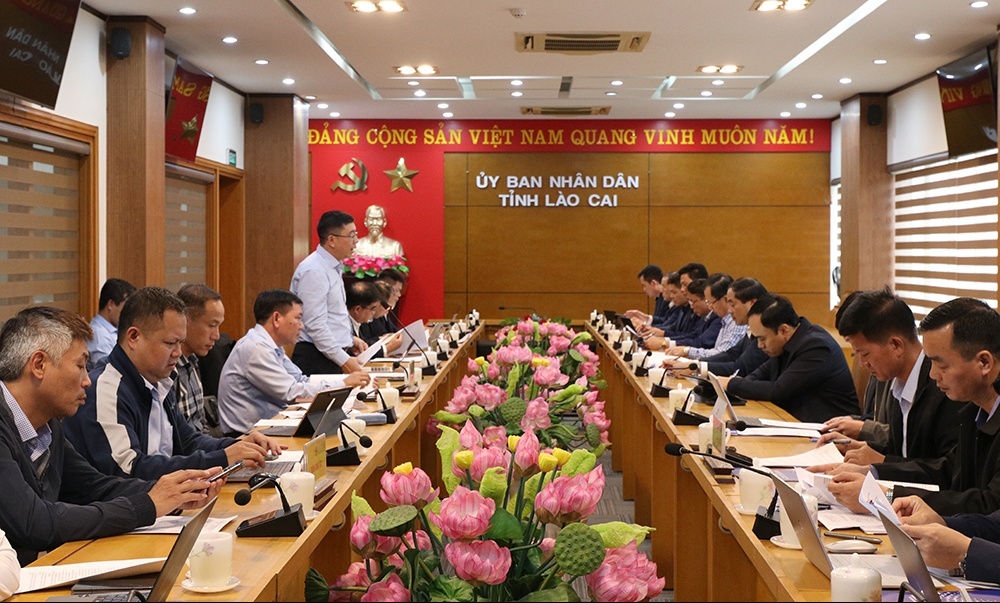





 Mobile Version
Mobile Version